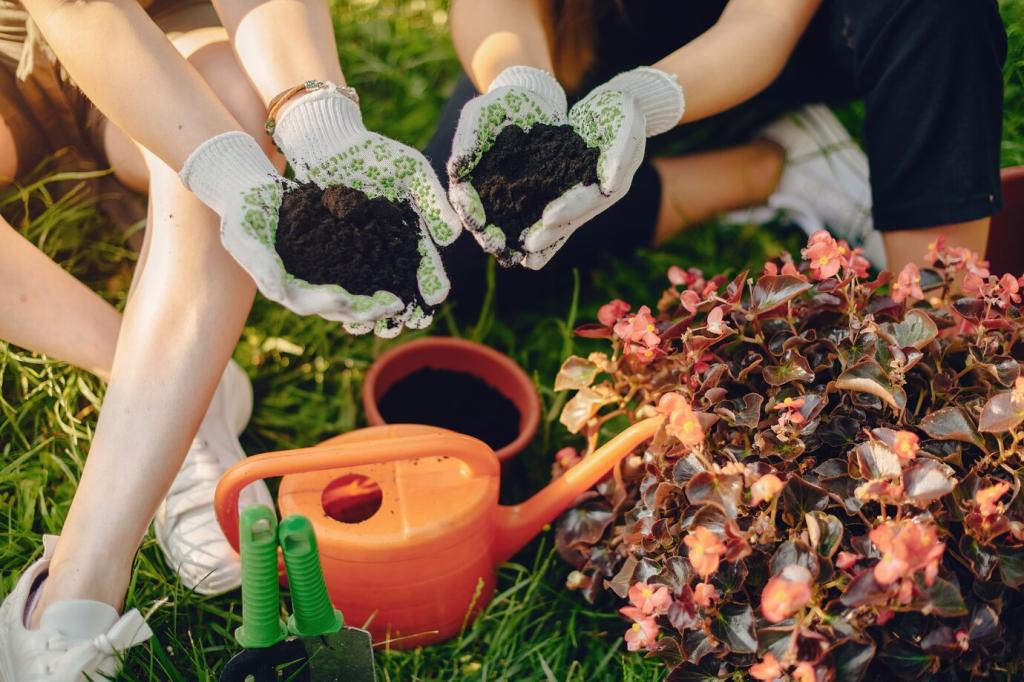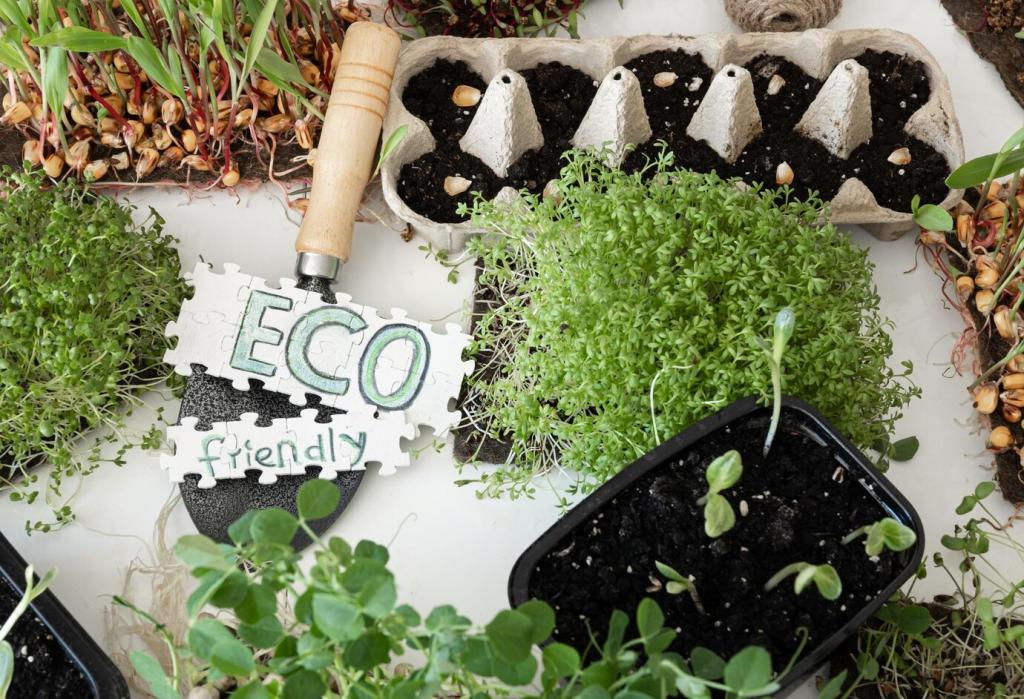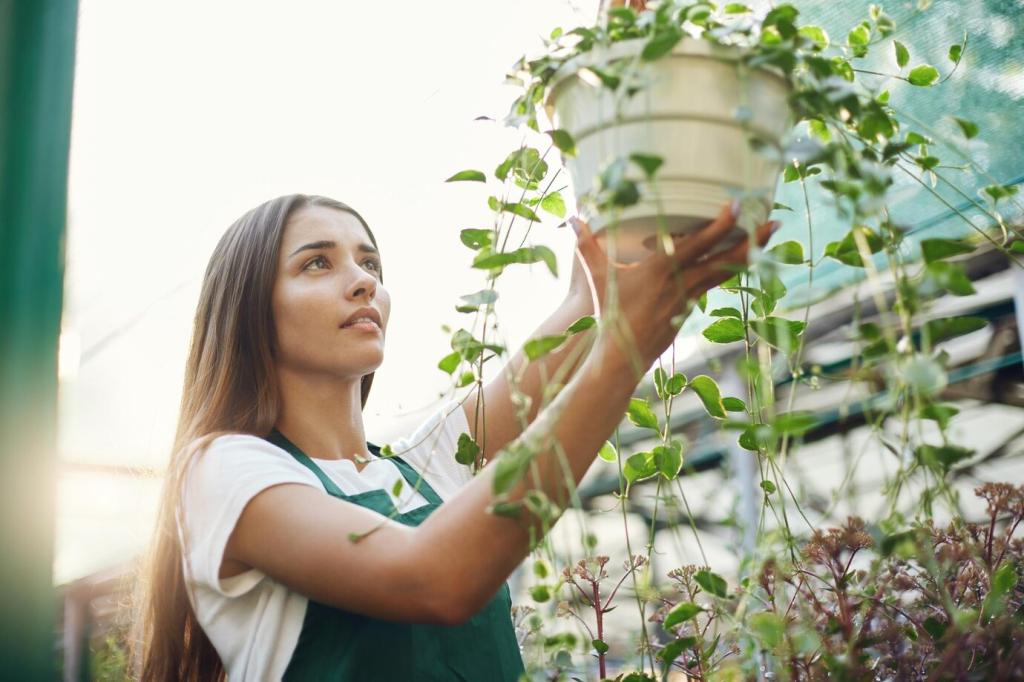
Water Conservation Techniques in City Gardens
Water conservation is becoming increasingly crucial in urban environments as cities grow and the demand for water intensifies. City gardens, whether small backyard plots or communal green spaces, play a vital role in improving urban life, offering aesthetic beauty, air purification, and a connection to nature. Implementing efficient water conservation techniques within these gardens is essential not only for sustainability but also for cost-effectiveness and resilience against drought. The following sections explore strategic methods and practical insights to help gardeners make the most of every drop, ensuring their gardens thrive while minimizing the environmental footprint.

Soil Management for Water Retention
01
Adding organic matter to city garden beds can dramatically improve soil structure and its capacity to retain moisture. Compost, aged manure, and leaf mold break up compacted soils and introduce beneficial microorganisms, making the ground more absorbent and fertile. This organic enrichment not only helps reduce watering frequency by holding moisture longer but also supports root health and nutrient uptake. In the context of city gardens, where soil may be thin or degraded due to urban construction, incorporating regular amendments transforms even the most challenging plots into productive, water-smart spaces. Over time, this strategy reduces dependency on constant irrigation and fosters healthier, more resilient plants.
02
Mulching is a highly effective technique for conserving soil moisture in city gardens. A layer of mulch—using materials such as wood chips, straw, or shredded leaves—creates a protective barrier that slows evaporation, keeps soil temperatures stable, and prevents weed growth. In dense urban environments, mulch also serves as an insulating blanket, shielding plant roots from heat and contaminants. The choice of mulch can be tailored to local conditions and available resources, but the principle remains the same: reducing surface water loss is key. In addition to its water-saving benefits, mulch enhances the visual appeal of urban gardens and gradually breaks down to enrich the soil, continuing the cycle of sustainable gardening.
03
Compacted soil is a common problem in city gardening, leading to poor water infiltration and wasted irrigation. Addressing soil compaction is essential for maximizing water conservation and promoting plant health. Simple practices such as double-digging, using garden forks, or employing aeration tools can open up air pockets and allow water to penetrate more deeply. Introducing groundcover plants and avoiding heavy foot traffic on garden beds also helps maintain loose, friable soil. For urban gardeners working with raised beds or containers, layering soil with sand or organic material improves drainage and moisture retention. These proactive measures ensure that every drop of water is effectively utilized, supporting lush growth in city spaces.
Plant Selection and Arrangement

Drought-Tolerant Plant Species
Choosing drought-tolerant plants is one of the simplest ways to reduce water demand in urban gardens. These species, including many native perennials, ornamental grasses, and succulents, have adapted to survive periods of low rainfall with minimal supplemental irrigation. In city gardens where water use may be restricted or expensive, such plants offer beauty and diversity without the stress of intensive care. Native species, in particular, are accustomed to local climate conditions and typically resist pests and diseases, further lowering maintenance needs. Integrating drought-tolerant plants helps urban gardeners create sustainable displays that remain vibrant through dry spells, enhancing the overall resilience of the garden.

Grouping Plants by Water Needs
Strategic plant arrangement can contribute significantly to water conservation. By grouping together plants with similar moisture requirements—a practice known as hydrozoning—gardeners can tailor irrigation efforts and avoid overwatering some species while underwatering others. For instance, thirsty vegetables or flowers can occupy one section of a bed, while drought-tolerant varieties are clustered elsewhere. In the variable climate of a city, this approach simplifies garden management and optimizes resource use. It also reduces the risk of fostering disease outbreaks associated with consistently damp soils in otherwise dry-adapted plantings. Through informed hydrozoning, urban gardens become more resilient and less wasteful, supporting both healthy plants and sustainable water use.

Vertical Gardening for Small Spaces
Urban environments often present gardeners with limited horizontal space, but vertical gardening offers a dynamic solution that can also support water conservation. By growing plants upwards on trellises, walls, or stacked containers, gardeners can reduce evaporation from soil surfaces and direct water more efficiently to plant roots. Vertical systems are ideal for herbs, leafy greens, and flowering vines, bringing greenery to balconies, patios, or even interior spaces. By concentrating plants in a smaller area, it is easier to monitor and manage watering, minimizing waste. Furthermore, many vertical gardens can be integrated with drip or wick irrigation, further enhancing water efficiency and maximizing the impact of city gardening.
